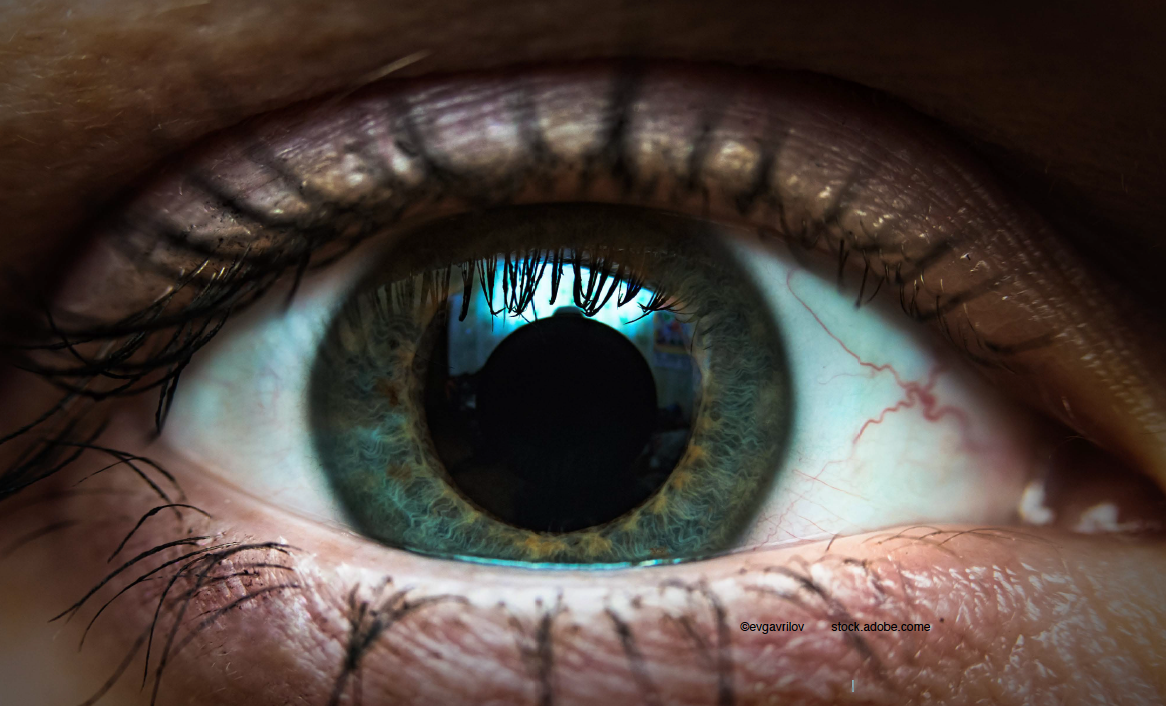Article
Giving a new look at the ocular surface after CXL and PRK
Author(s):
A novel regimen may represent an improvement over current methods of handling postsurgical pain in procedures that require corneal epithelial debridement, according to investigators.
Concomitantly administered topical steroids and non-steroidal anti-inflammatory drugs may play a role in a more effective way to control pain and inflammation after photorefractive keratotomy (PRK), Trans-PRK, or corneal cross-linking.

An international team of surgeons, led by Farhad Hafezi, MD, PhD, developed a more effective way to control pain and inflammation after photorefractive keratotomy (PRK), Trans-PRK, or corneal cross-linking (CXL) using concomitantly administered topical steroids and non-steroidal anti-inflammatory drugs (NSAIDs). Dr. Hafezi is from Laboratory for Ocular Cell Biology, Center for Applied Biotechnology and Molecular Medicine, University of Zurich, Switzerland.
These procedures require removal of the corneal epithelium, which can result in pain for from 5 to 7 days during reepithelization of the corneal surface and inflammation that can last weeks to months.
Case analysis of combined postoperative therapy
In a single-center, single-surgeon retrospective case analysis conducted from January 2016 to April 29, 2022,1 the investigators assessed the concomitant use of NSAIDs and topical corticosteroids during the first 2 postoperative days when pain and inflammation are at their highest levels. While NSAIDs are associated with delayed re-epithelialization of the corneal surface and at worst corneal melting, when the 2 drugs are used together, the corticosteroids eliminate the risk of corneal melting.
The study included 301 eyes treated with Trans-PRK and 576 treated with epithelium-off CXL. Patients were treated twice daily with a topical NSAID for 2 days
Dr. Hafezi and colleagues reported that no patient had a corneal melt or delayed corneal re-epithelialization. Epithelial closure usually occurred within 4 to 5 days.
A caveat is that this regimen be unsuitable for all patients with rheumatoid arthritis or Sjögren’s syndrome, who may already be receiving high-dose oral NSAID therapy.
The investigators concluded that “this approach may represent an improvement over current methods of handling postsurgical pain in procedures that require corneal epithelial debridement.”
Reference
Hafezi F, Hillen M, Kollros L, Tan J, Asaad ST. A new postoperative regimen after CXL and PRK using topical NSAIDs and steroids on the open ocular surface. J Clin Med. 2022;11:4109;https://doi.org/10.3390/jcm11144109
Newsletter
Don’t miss out—get Ophthalmology Times updates on the latest clinical advancements and expert interviews, straight to your inbox.




